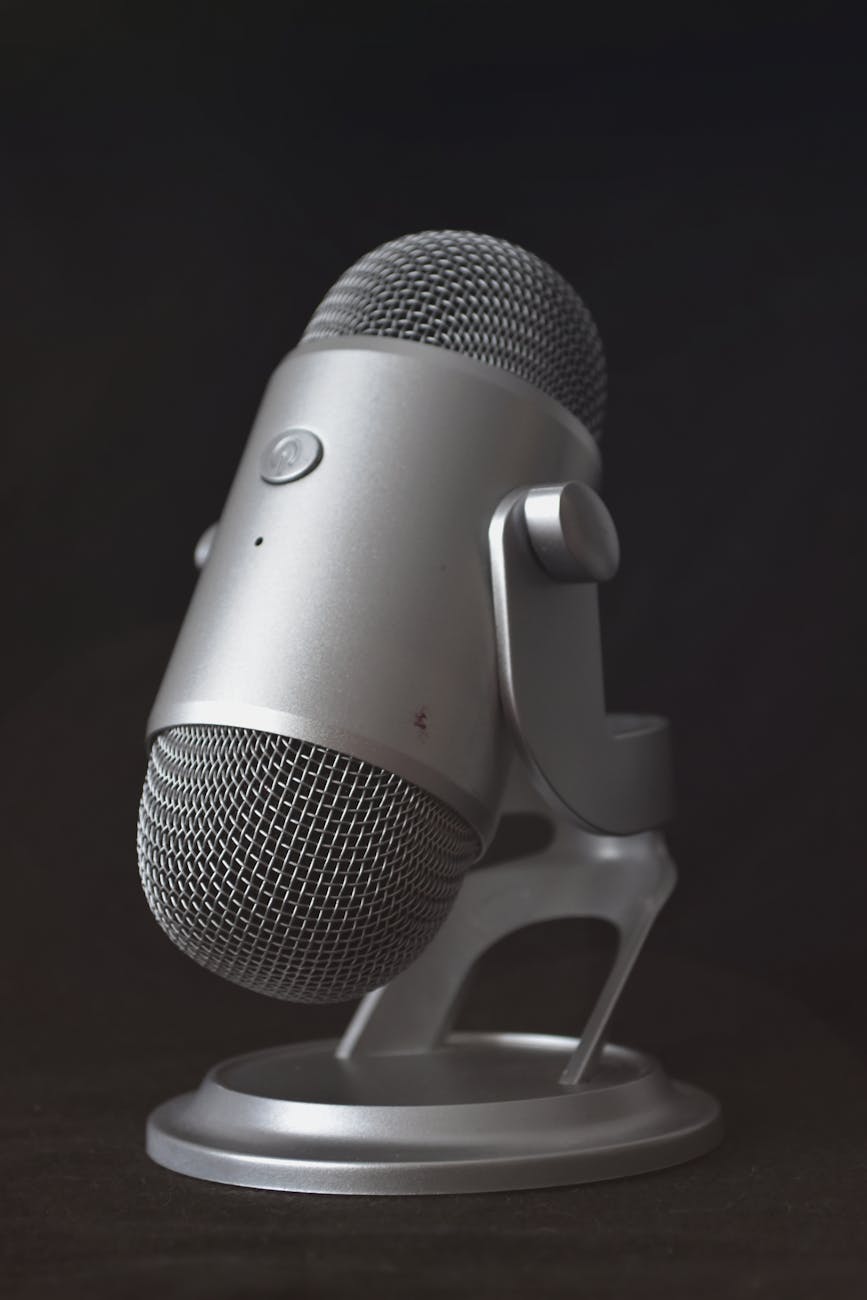 You need a doctoral degree to figure out what all these Intel processors are. I’m completely confused myself. Here is an article. But basically, all that Core 2 Duo, Core 2 Quad are going away and you get i3, i5 and i7. Confused yet? More confusing is that the desktop and mobile chips are actually completely different internally but will have the same name. The net is that the Core i5-750 is an awful nice processor in the iMac i5 and a great value for the iMac while the Core i7-870 is like a Extreme Edition and definitely faster at $200 more and gets you a little more speed. In Photoshop CS4, it is 2:03 minutes vs. say 1:50 minutes for an intensive application.
You need a doctoral degree to figure out what all these Intel processors are. I’m completely confused myself. Here is an article. But basically, all that Core 2 Duo, Core 2 Quad are going away and you get i3, i5 and i7. Confused yet? More confusing is that the desktop and mobile chips are actually completely different internally but will have the same name. The net is that the Core i5-750 is an awful nice processor in the iMac i5 and a great value for the iMac while the Core i7-870 is like a Extreme Edition and definitely faster at $200 more and gets you a little more speed. In Photoshop CS4, it is 2:03 minutes vs. say 1:50 minutes for an intensive application.
- Bloomfield. This is the high-end Core i7 for LGA 1366 (the number of pins it has). 3 memory channels. There are two variants, $300 i7-920 2.66GHz and $1,000 i7-965. Has all the bells and whistles, 8MB shared L3 cache, Turbo Boost and Hyperthreading. And also has PCI Express 2.0. Of course Intel doesn’t even at this level name the clock rate, so for instand the i7-975 is actually a 3.33GHz processor. Sigh. Turns out Core i7-900s are for LGA 1366 and are older Bloomfield
- Lynnfield is the desktop chip for mid-range. It is a Core i7 in a smaller LGA 1156 array because it has just 2 memory channels not three. The Core i5 is a little slower but mainly doesn’t have Hyperthreading. It has a slower PCI Express at 16 vs. 32 lanes in the Bloomfield. It integrates the PCI Expressitnerface. As an aside, it looks like the new iMacs are using Lynnfield with the Core i7-860 (2.8GHz) and the Core i5-750 (2.6GHz). So for instance net, net, the Core i5-750 can overclock from 2.66GHz to 3.2GHz for a single thread application. Turboboost really looks like it matters. Core i7-800s are for LGA 1156 as are the Core i5-700s. Net, net, the last three digits give you enough information to figure out the family and the clock speed, but you need a decoder ring.
- Nehalem. This is the name of the whole 32nm big shrink now going on.
- Clarkfield. 32nm process shrink that is in 1Q2010. It will integrate the GPU targeting the mainstream desktop in 2010.
BTW, Turboboost adds even more complexity, it basically increments the clock ratio by one. So with a base rate of 133MHz, it means, you get 133MHz additional performance. It works well when you have a program like MP3 encoding which isn’t highly parallel, so it is better to shut off extra cores and punch the clock speed.
Intel Reveals Core i3, i5, i7 CPU Naming System – Tom’s Hardware
Intel corporate communications manager Bill Calder wrote in a blog post, “Today the Intel Core brand has a mind boggling array of derivatives (such as Core2 Duo and Core 2 Quad, etc). Over time those will go away and in its place will be a simplified family of Core processors spanning multiple levels: Intel Core i3 processor, Intel Core i5 processor, and Intel Core i7 processors.â€
Intel Reveals Core i3, i5, i7 CPU Naming System – Tom’s Hardware
The new Core line will be naturally be position from bottom to top Core i3, Core i5 and Core i7. The odd-numbers convention makes sense with the possibility that some consumers may confused Core 2 Duo and Quad with 2 and 4.
The desktop processors codenamed Lynnfield, which are due this fall, will marketed as both Core i5 or Core i7, depending upon the feature set and capability. Interestingly, all Clarksfield mobile chips will have the Core i7 name.
The lower-cost line will remain mostly unchanged with the Celeron being the entry point, the Pentium for basic computing and the Atom doing what it’s been doing to the netbook and MID segment.
Conclusion – Review Tom’s Hardware : Intel Core i5 And Core i7: Intel’s Mainstream Magnum Opus
Alright, so the Core i5-750, specifically, is priced well. What is there to like about it? Reasonable power consumption, a base clock rate comparable to Intel’s Core i7-920, a more-aggressive Turbo Boost able to take the chip to 3.2 GHz in single-threaded workloads, CrossFire and SLI compatibility—it’s a pretty compelling list, actually.






